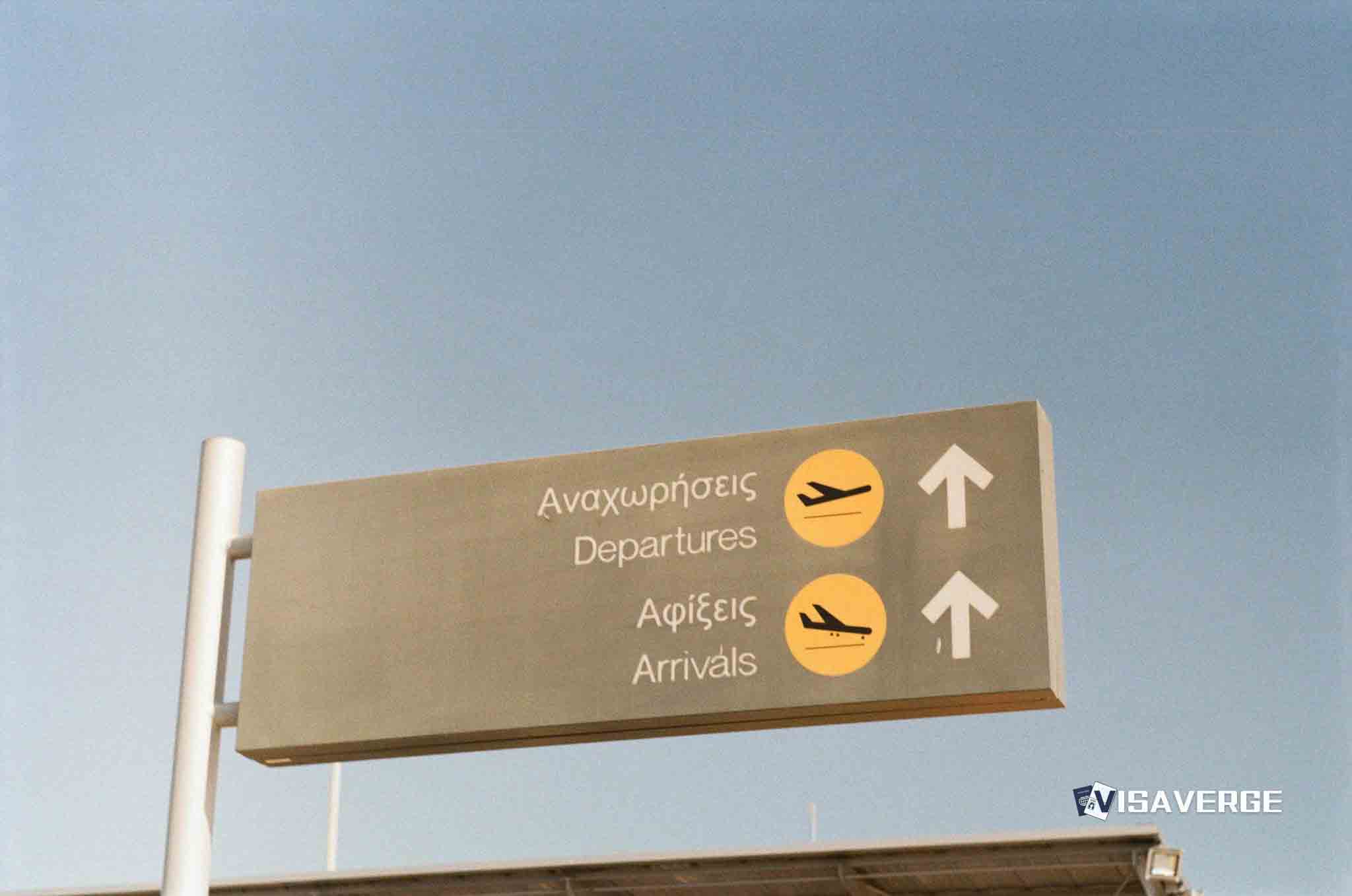(UNITED STATES) U.S. airlines will be allowed to fly at full capacity operations for the busy Thanksgiving period after the Federal Aviation Administration rescinded its emergency flight reduction mandate at 40 major airports, lifting limits at 6 a.m. Eastern on November 17, 2025, in a move expected to ease pressure on millions of domestic and international travelers.
What happened and why
The decision follows weeks of forced flight cuts triggered by a prolonged government shutdown that left air traffic control centers short‑staffed. Starting in early November, the FAA ordered airlines to trim schedules at some of the country’s most important hubs — from Atlanta and Boston to the New York City area and Chicago O’Hare.

- The order began with about a 4% cut on November 7 and ramped up to as much as 10% by November 14.
- Officials imposed those restrictions to keep skies safe with fewer controllers available.
Those reductions quickly rippled through the system. Airlines merged flights, dropped frequencies, and struggled to rebook passengers. Delays and cancellations piled up, and travelers — including foreign students, temporary workers, and families — found themselves sleeping in terminals or scrambling for last‑minute alternatives.
“The cuts particularly hurt travelers who rely on one or two key daily connections to reach U.S. consulates, universities, or job sites,” according to analysis by VisaVerge.com.
FAA’s rationale for lifting the caps
The FAA said it lifted the restrictions after internal reviews showed controller staffing and safety conditions had stabilized following the end of the shutdown. While the agency has not publicly detailed specific staffing numbers, officials concluded that the temporary caps on flights were no longer needed to maintain safe separation between aircraft.
With the order rescinded, airlines have been cleared to restore normal schedules at the 40 affected airports, just as the Thanksgiving rush begins.
Scale of holiday travel and why timing matters
The timing is critical:
| Item | Figure |
|---|---|
| People expected to move across the country during Thanksgiving week | nearly 82 million |
| People taking to the skies during Thanksgiving week | more than 6 million |
| Passengers airlines project to carry over the broader holiday period | 31 million |
Many of these flights are tied to immigration timelines, visa rules, and strict return‑to‑work or return‑to‑school dates — not just vacations.
Effects on visa holders, students, and time‑sensitive travelers
For travelers with time‑bound immigration or work requirements, missed flights can have cascading consequences:
- Nonimmigrant workers on limited visas may miss start dates, onboarding, or compliance meetings.
- International students often schedule travel around exams and visa renewals; delays can lead to missed interviews or overstay concerns.
- Foreign nationals with immigrant visas, K‑1 fiancé visas, or temporary work approvals risk stressful border questions if arrivals are delayed by days.
The FAA has reminded the public that while airspace limits are easing, congestion in terminals and on runways will remain intense during peak hours. The agency’s website is: https://www.faa.gov.
Operational response from airlines and airports
By allowing airlines to resume full capacity operations, carriers are moving to add back frequencies they pulled during the mandate, particularly on high‑demand domestic corridors and key international gateways.
- Airlines warn that some bottlenecks may persist because aircraft and crew aren’t instantly repositioned.
- The cap’s lifting on November 17, 2025 gives carriers a better chance to manage record crowds without the artificial ceiling on flights.
Airport and border processing capacities also matter:
- Ports of entry where U.S. Customs and Border Protection (CBP) handles immigration inspections — such as JFK, Newark, and O’Hare — are planning for surging volumes.
- CBP explains airport entry procedures on its site: https://www.cbp.gov/travel.
CBP is expected to rely on extra staffing and technology to keep lines moving as traffic rebounds.
Advice and continuing risks
Travelers — especially those on international trips tied to immigration processes — are urged to build in extra time. Lawyers and advocates note that even with the cap gone, a single weather system or local staffing issue can still cause major disruptions.
Practical traveler tips:
- Choose earlier flights in the day to reduce connection risk.
- Avoid tight connections when possible.
- Keep important immigration documents handy in case disruptions raise questions at inspection.
- Expect crowded terminals and longer processing times during peak hours.
Broader implications and lingering concerns
Industry groups supported the FAA’s use of a flight reduction mandate when staffing dropped, even as they criticized the financial impact. The FAA emphasizes the lift on November 17, 2025 is not a final verdict — officials will continue to monitor controller staffing and traffic levels and could reimpose limits if conditions worsen.
Advocates warn the shutdown exposed deeper, underlying staffing problems in both aviation and immigration systems. Fragile staffing and resource limits leave travelers vulnerable when crises hit, particularly those coordinating visa validity, work authorization, and school calendars with scarce flights.
For many travelers — especially those whose plans are linked to immigration status, reunions, or major life events — the return to full schedules may be the one piece of good news before the holidays. But the combination of record demand and the late‑breaking lift means airports will be crowded and patience will be tested.
As passengers board restored flights this week, the focus is on getting where they need to go. The rescission of the flight reduction mandate on November 17, 2025 relieves some pressure, but travelers and officials alike remain on alert for any new disruptions.
The FAA lifted its emergency flight reduction mandate at 40 major airports effective Nov. 17, 2025, after stabilizing controller staffing following a government shutdown. Cuts had ranged from 4% to 10%, causing cancellations and delays. Airlines are adding back flights, but congestion and repositioning constraints mean disruptions may continue. Time‑sensitive travelers, including international students and visa holders, should allow extra time. Authorities will keep monitoring conditions and may reinstate limits if necessary.













